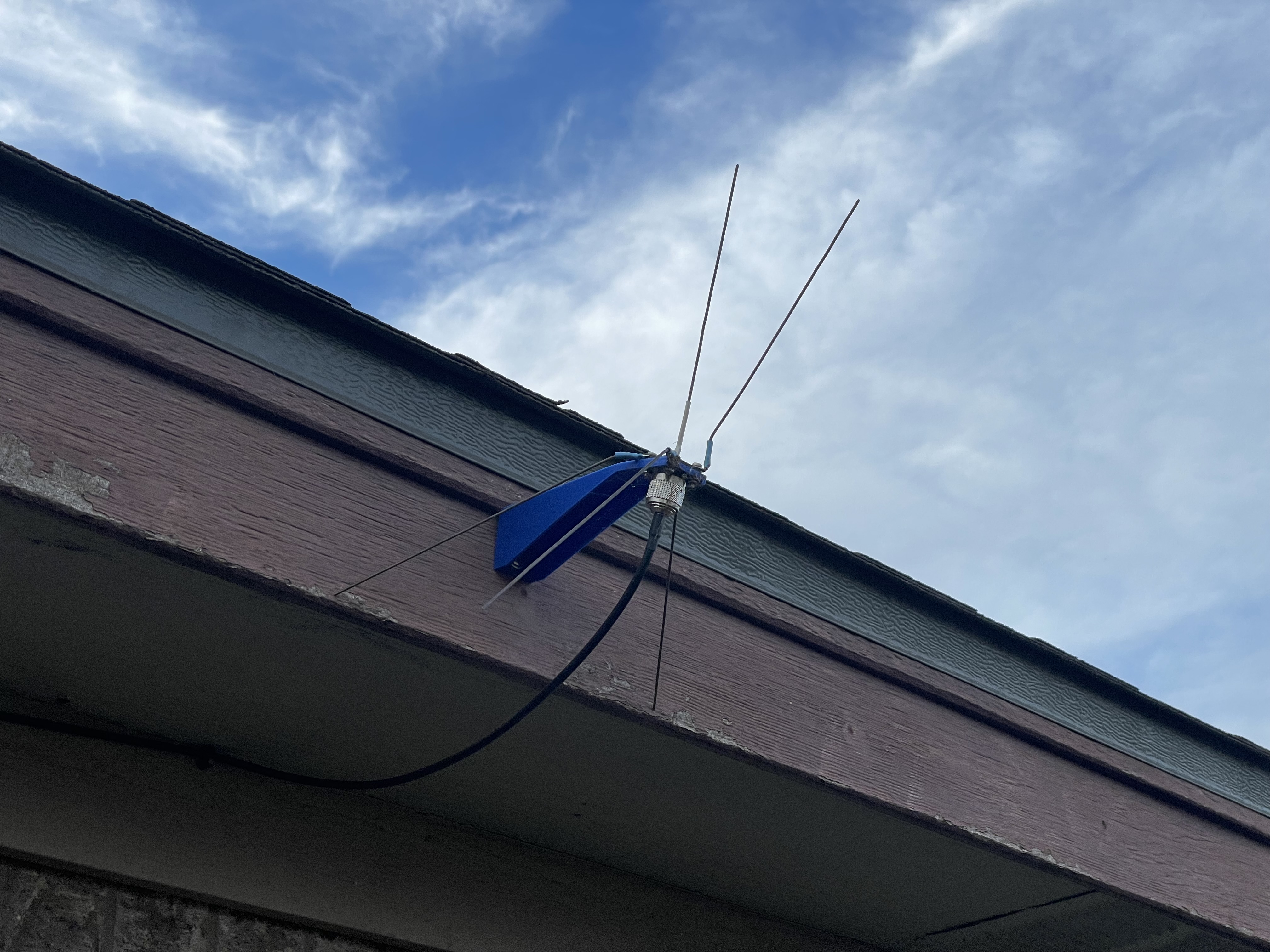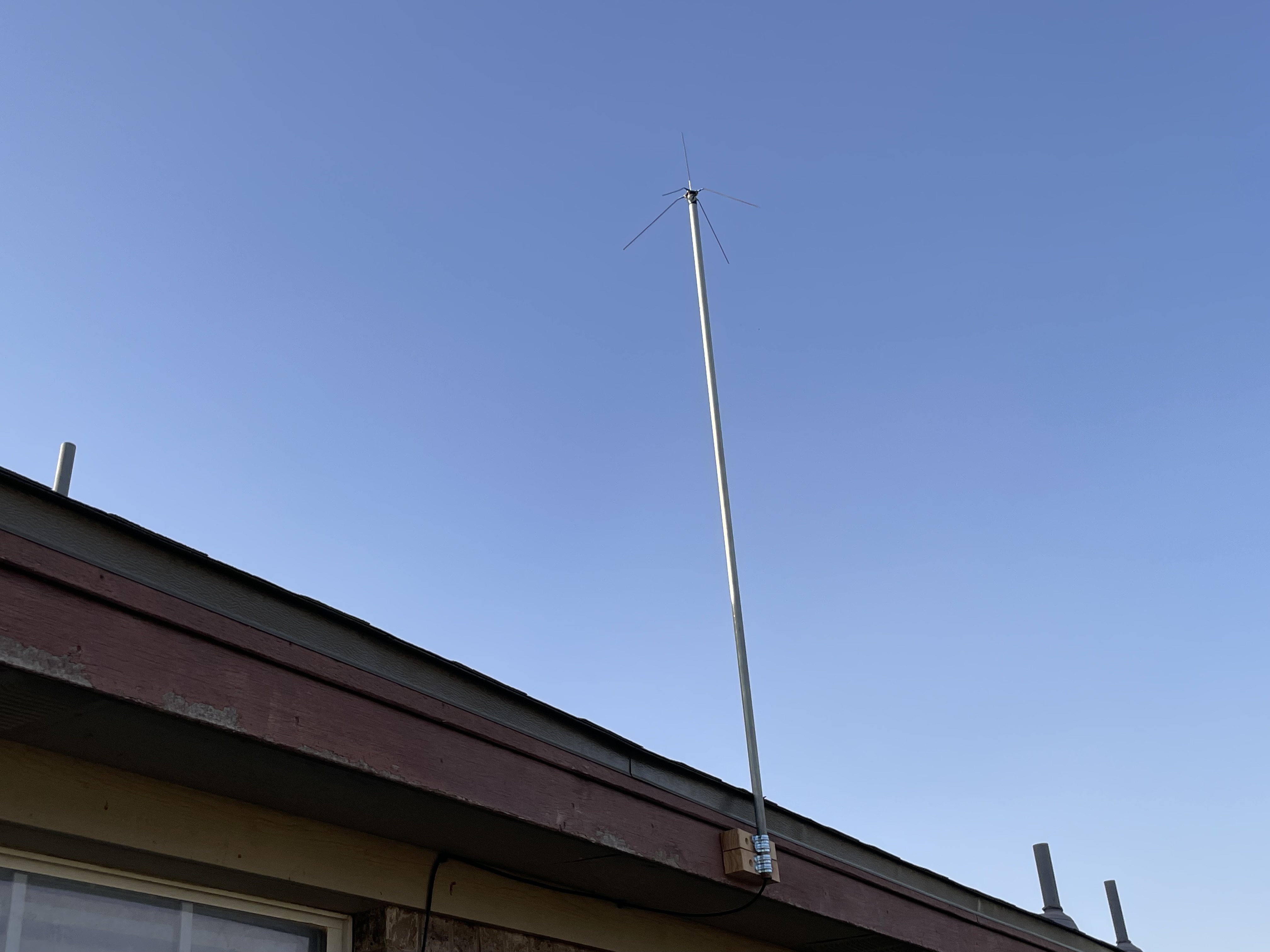Since I've had the auto radiosonde running for the last few months I thought I'd do another update. For the most part there is nothing but good to report, with a little bit of not so good as well as a little bit of ugly.
The Good
Lets start with the good. Since June 15th, the first day a weather balloon was detected, I have received a signal from a whopping 515 balloons. Out of all those balloons, two of them surprisingly landed within 30km of me. Here is a breakdown of the different types of radiosondes that I have picked up.
| Radiosonde Type | Quantity Received |
| RS41 | 267 |
| DMF-09 | 1 |
| DMF-17 | 247 |
| Total | 515 |
The majority of these balloons were launched by the NWS in Midland. In second place we have the Automated Radiosonde Observing System in Del Rio, TX. Scattered in the mix are a few balloons from NWS in Ft. Worth as well as a couple rogue balloons from the NWS in Corpus Christi.
The Bad
Now onto the bad that has happened over since June, something happened to the antenna. Well a couple somethings actually. The first being that the PLA mount that I 3D printed started to sag a little under the brutal Texas sun. This wasn't really surprising at all. I went with PLA more as an experiment to see how it would hold up, as well as not having the best results with ABS at the time. A little sagging was expected. Something else happened to the antenna though, and this was quite unexpected. I don't know how, but one of the radials managed to get bent at about a 45 degree angle up! Not sure if this was a bird or wind or possibly even a rogue sasquatch or toddler.

As a result, we now have the radiosonde quarter wave ground plane version 2.0 antenna. Really nothing much is different to be honest. I bent the radial back down to where it belongs and came up with a different mounting solution. For something a little more robust, I scavenged a piece of 1/2" EMT from an old weather sensor mount. Next I just ran the cable through the EMT, taped the connector for the antenna to the top and secured it to the fascia. This left me with just enough cable to run inside and connect to the SDR. As an added benefit, the antenna is now about 4 feet higher than before. So in theory that means I can see a balloon from at least 50 feet farther away, give or take. The upgrade isn't exactly the prettiest, however I haven't heard any complaints from the XYL so I'll consider it a win until I hear otherwise.

The Ugly
There is one thing that is starting to cause me some concern, and that is I believe there is a chance my SDR may be slowly dying. It does get quite warm and over the last few days there have been some launches that I have missed. I typically end up pulling the SDR from it's USB port, plugging it back in and restarting the auto_rx service. Afterwards it works without issue for a bit more time. Since I've only had it about 5 months this is somewhat concerning. If it does die then I'll have to decide whether to see if I can warranty this one some how or possibly move to a different type of SDR.
In the End
In the end I think that is is a simple and interesting project. It doesn't take much more than an SDR and an antenna to get going and I find it interesting to watch the balloons and the different directions they move throughout the year.
